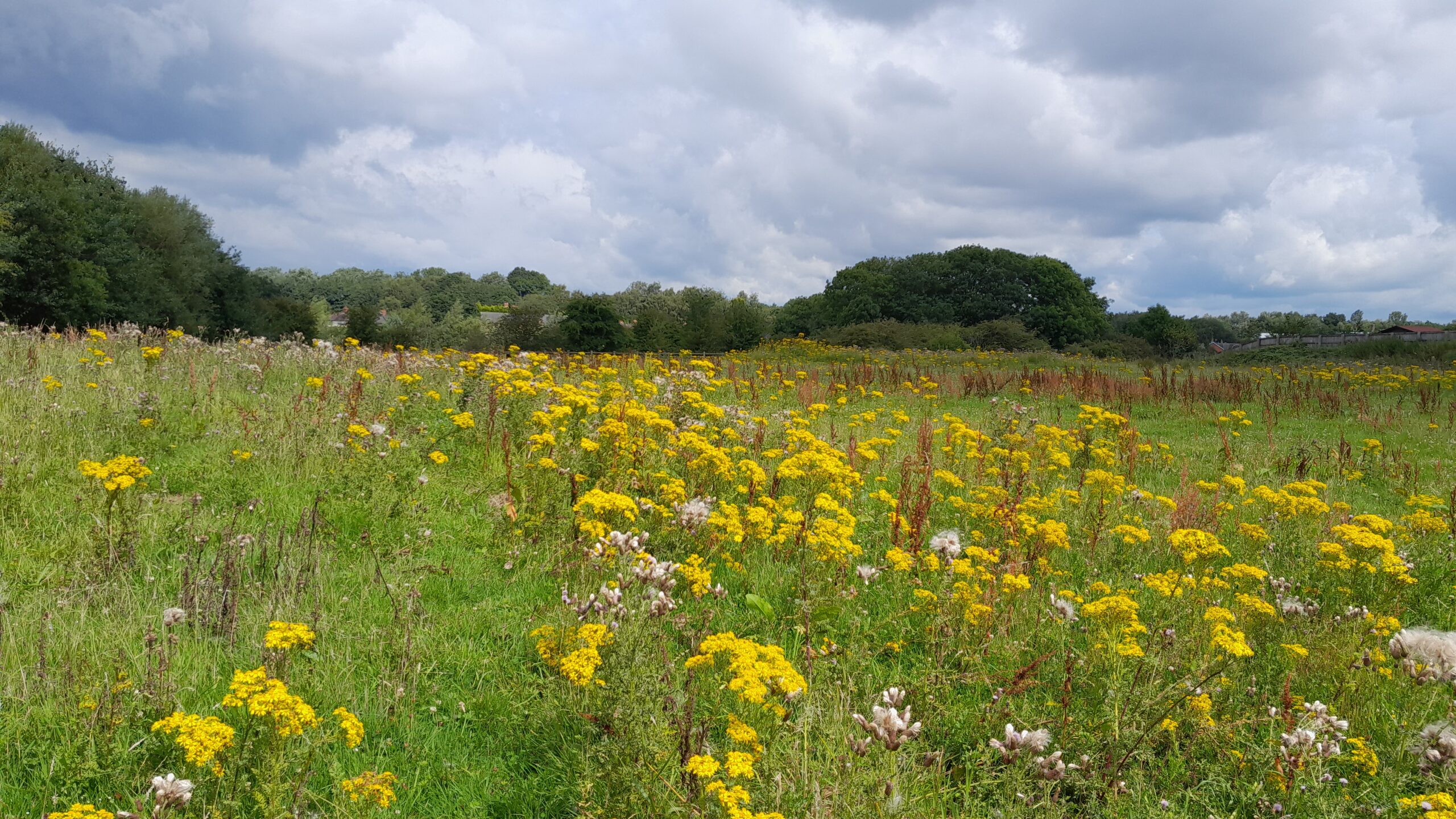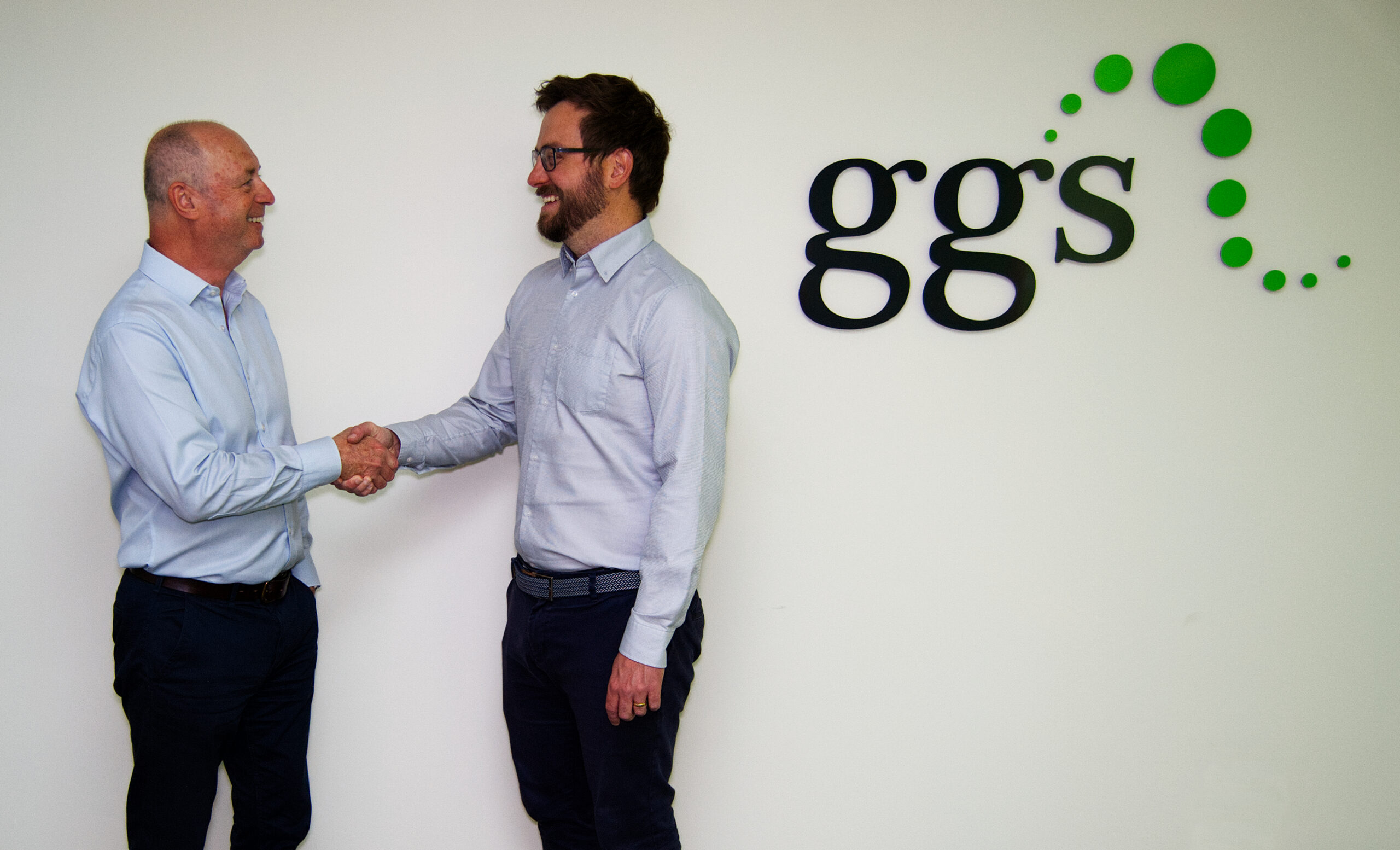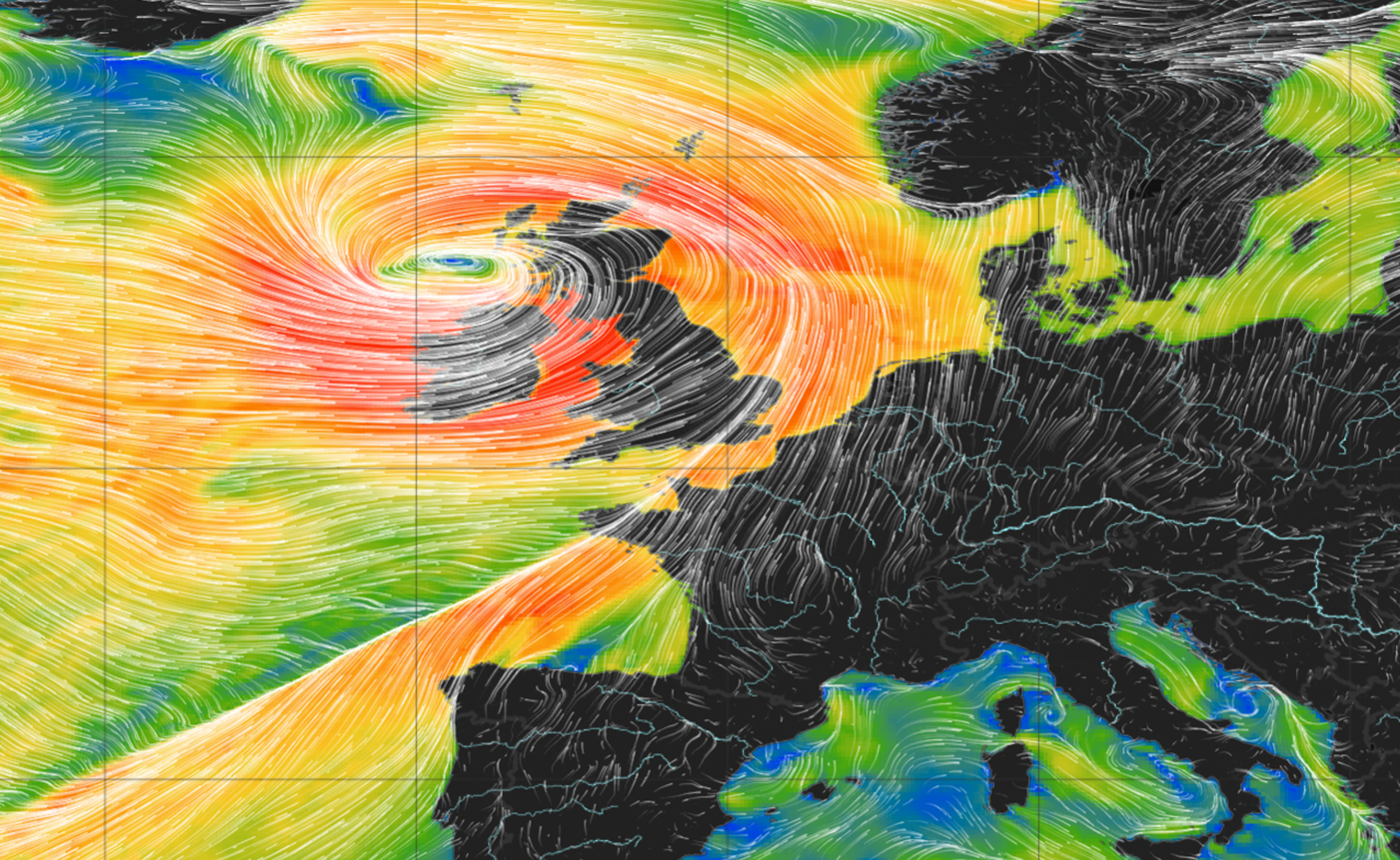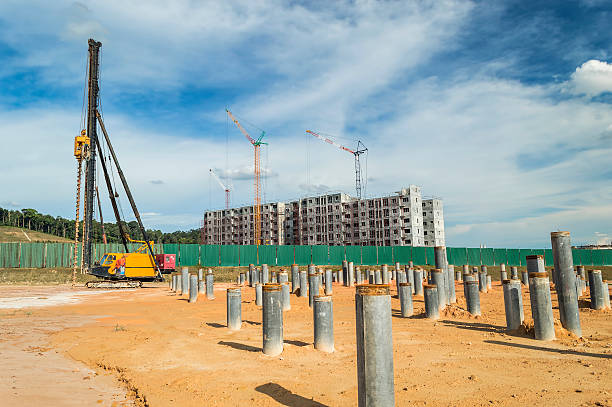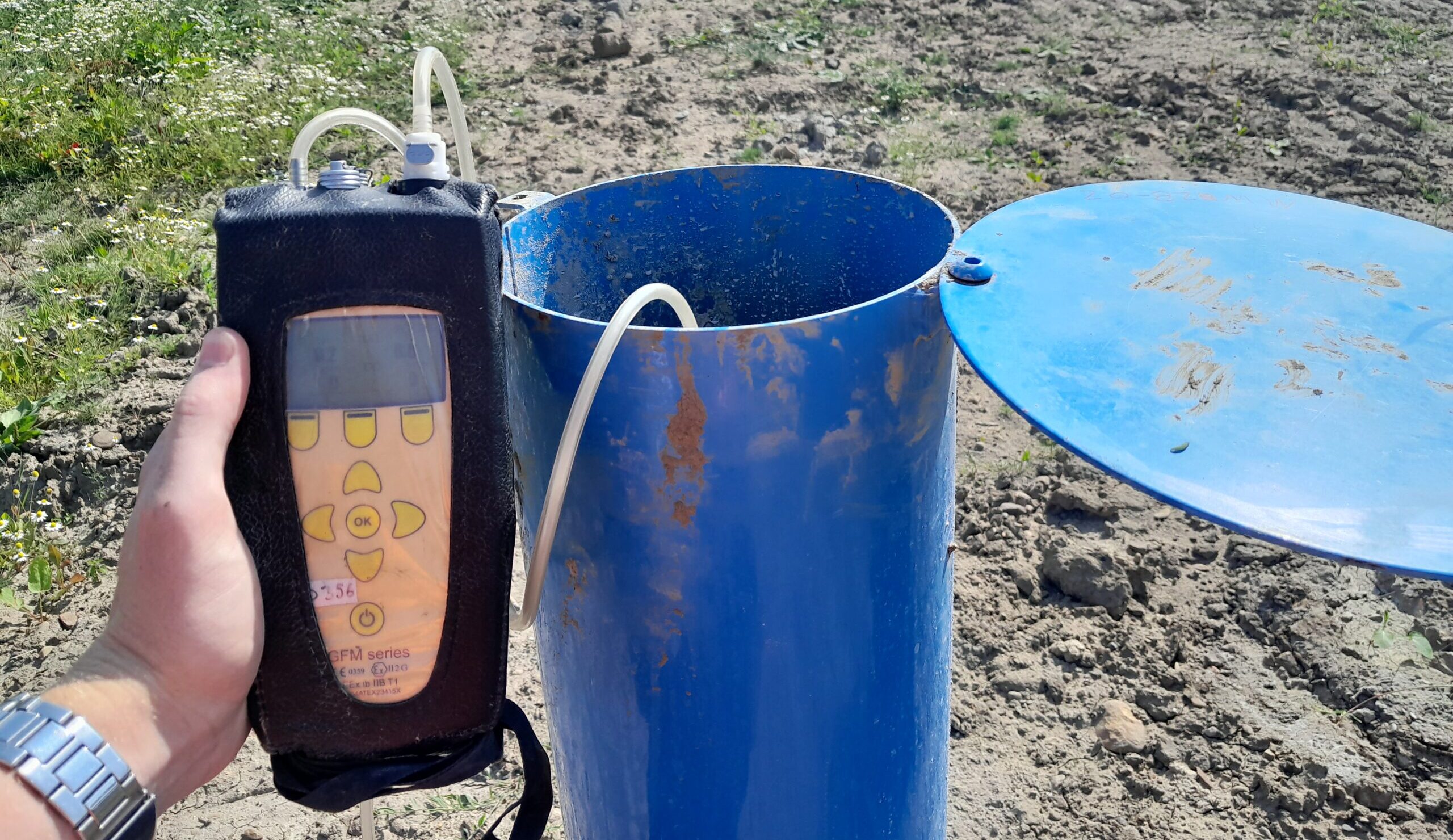GGS white paper: Ground Gas Hazards, Desk Studies, CSM’s and when not to monitor
Too often, poor desk studies and rushed site investigations result in ground gas monitoring being carried out when it’s not needed.
This paper summarises some of the gas hazards that are present in the UK and how the Source-Pathway-Receptor model should be used to identify credible contaminant linkages. Importantly, it also identifies the situations where there are no credible contaminant linkages and ground gas monitoring should not be carried out.
Quote from the author, Simon Talbot, Managing Director of GGS:
“A number of our clients have asked why they are having to monitor for ground gas on all of their development sites.
This isn’t needed on all sites and I wanted to make it clear that good quality desk studies and conceptual site models may be sufficient to avoid the need for monitoring.
A professional approach to the Phase 1 stage can ultimately save the client and the regulator time and money, and possibly more importantly, be more sustainable – directing gas protection measures to where they are needed.”
The following pages include news articles, videos, guidance notes and white papers on a range of ground gas related topics which we hope you will find of interest. Please browse through but if you can’t find something on your particular issue of interest, we’d be very pleased to hear from you so we can put that right.


At GGS we aim to be at the forefront of conversations when it comes to all areas of ground gas science, including the indoor air quality environment.
Recognizing that soil gases can and do contribute to internal air quality, we are pleased to be involved in the GO AQS initiative.
What exactly is this initiative and why are we championing it here at GGS? Find out more here.

